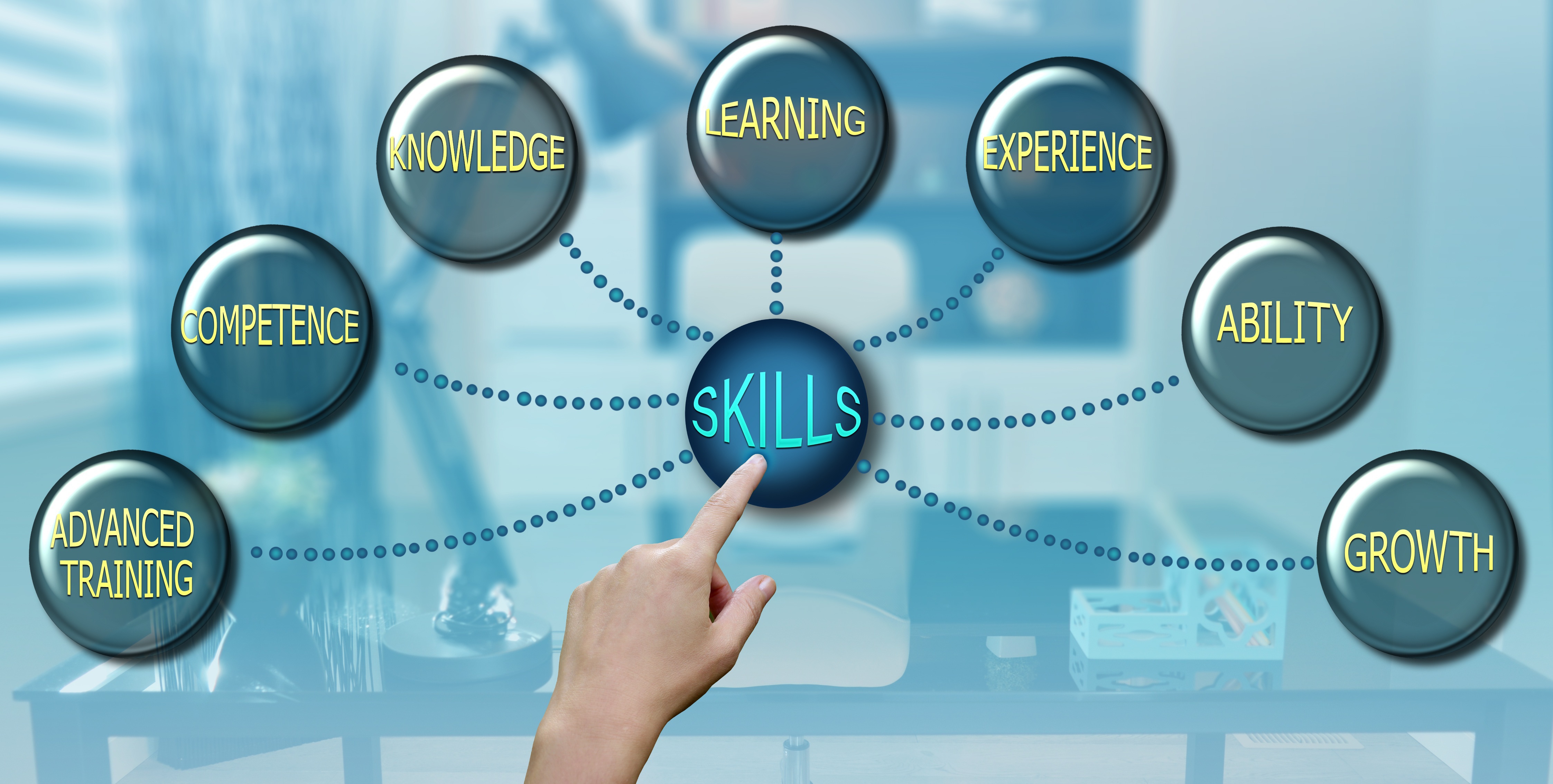In an age where digital technology permeates every aspect of our lives, educators are increasingly turning to gamification as a powerful tool for engaging students and enhancing learning outcomes. In this article, we explore the transformative impact of gamification on education, from fostering engagement and motivation to promoting personalized learning experiences and skill development.
Understanding Gamification
Gamification involves integrating game elements and mechanics into non-game contexts, such as education, to enhance motivation, engagement, and learning. By harnessing the principles of play, competition, and rewards, educators can create immersive learning experiences that captivate students’ interest and stimulate their intellectual curiosity. From educational apps and online platforms to classroom activities and curriculum design, gamification offers endless possibilities for innovation and creativity in teaching and learning.
Engagement and Motivation
One of the key benefits of gamification in education is its ability to increase student engagement and motivation. By transforming learning tasks into interactive challenges and quests, educators can tap into students’ natural inclination towards play and exploration. Whether it’s earning points, unlocking achievements, or competing against classmates, gamified learning environments provide immediate feedback and tangible rewards that incentivize active participation and sustained effort.
Personalized Learning Experiences
Another advantage of gamification is its capacity to deliver personalized learning experiences tailored to individual student needs and preferences. Through adaptive algorithms and learner profiles, educators can dynamically adjust the difficulty level and content of gamified activities to match each student’s skill level and learning pace. This level of customization not only promotes deeper understanding and retention but also empowers students to take ownership of their learning journey.
Skill Development and Mastery
Gamified learning environments offer students opportunities to develop a wide range of cognitive and socio-emotional skills, from critical thinking and problem-solving to collaboration and communication. By presenting challenges and obstacles that require creative thinking and strategic planning, games encourage players to experiment, fail, and persevere until they achieve mastery. Moreover, the transferability of skills learned in virtual environments to real-world scenarios reinforces the practical relevance and applicability of gamified learning experiences.
Collaboration and Social Learning
In addition to fostering individual growth, gamification promotes collaboration and social learning through cooperative gameplay and peer-to-peer interactions. Whether it’s solving puzzles together, completing group projects, or participating in multiplayer simulations, students learn to communicate effectively, resolve conflicts, and work collaboratively towards common goals. Furthermore, the sense of camaraderie and shared achievement that arises from collaborative gameplay fosters a supportive learning community where students feel valued and empowered.
Assessment and Feedback
Gamification also revolutionizes the assessment and feedback process by providing educators with real-time data and insights into students’ progress and performance. Through gamified assessment methods such as quizzes, simulations, and interactive exercises, educators can gauge students’ understanding and identify areas for improvement more effectively than traditional exams or standardized tests. Moreover, the immediate feedback and progress tracking inherent in gamified learning environments enables students to monitor their learning and take ownership of their academic growth.
Challenges and Considerations
Despite its many benefits, gamification in education is not without its challenges and considerations. Issues such as accessibility, inclusivity, and digital equity must be addressed to ensure that gamified learning experiences are accessible to all students, regardless of their socioeconomic background or physical abilities. Moreover, educators must strike a balance between the entertainment value of games and their educational objectives, avoiding the pitfalls of excessive screen time and digital distractions.
Future Trends and Innovations
Looking ahead, the future of gamification in education holds tremendous promise for innovation and transformation. Emerging technologies such as augmented reality (AR) and virtual reality (VR) are poised to revolutionize the way we learn and interact with information, offering immersive and interactive experiences that blur the boundaries between the physical and digital worlds. Furthermore, gamification is expanding beyond traditional educational settings to encompass lifelong learning, professional development, and skills training in diverse industries and sectors.
Gamification represents a paradigm shift in education, harnessing the power of play and technology to create dynamic and engaging learning experiences. From boosting student engagement and motivation to promoting personalized learning and skill development, gamification has the potential to revolutionize the way we teach and learn. By embracing innovative teaching methods and leveraging the transformative potential of gamification, educators can inspire a new generation of lifelong learners equipped with the knowledge, skills, and confidence to thrive in an increasingly complex and interconnected world.
FAQs
1. How can gamification benefit different age groups in education?
- Gamification can benefit learners of all ages by promoting engagement, motivation, and skill development. For young children, games can make learning fun and interactive, while for older students and adults, gamified activities can provide opportunities for deeper exploration and mastery.
2. What are some examples of gamification in education?
- Examples of gamification in education include educational apps like Duolingo, which use game mechanics to teach language skills, and classroom activities like Kahoot, which gamify quizzes and assessments to promote active learning and participation.
3. How can educators ensure that gamified learning experiences are inclusive and accessible to all students?
- Educators can ensure that gamified learning experiences are inclusive and accessible by providing multiple pathways to success, offering accommodations for diverse learning styles and abilities, and fostering a supportive and inclusive learning environment where all students feel valued and empowered.
4. Are there any drawbacks to using gamification in education?
- While gamification offers many benefits, it also has potential drawbacks, such as the risk of over-reliance on extrinsic rewards, the potential for digital distractions, and concerns about data privacy and security. Educators must carefully consider these factors and design gamified learning experiences that prioritize educational outcomes and student well-being.
5. How can educators integrate gamification into their teaching practice?
- Educators can integrate gamification into their teaching practice by incorporating game elements such as points, levels, badges, and leaderboards into lesson plans and activities, providing opportunities for student choice and autonomy, and leveraging technology platforms and tools that support gamified learning experiences.






